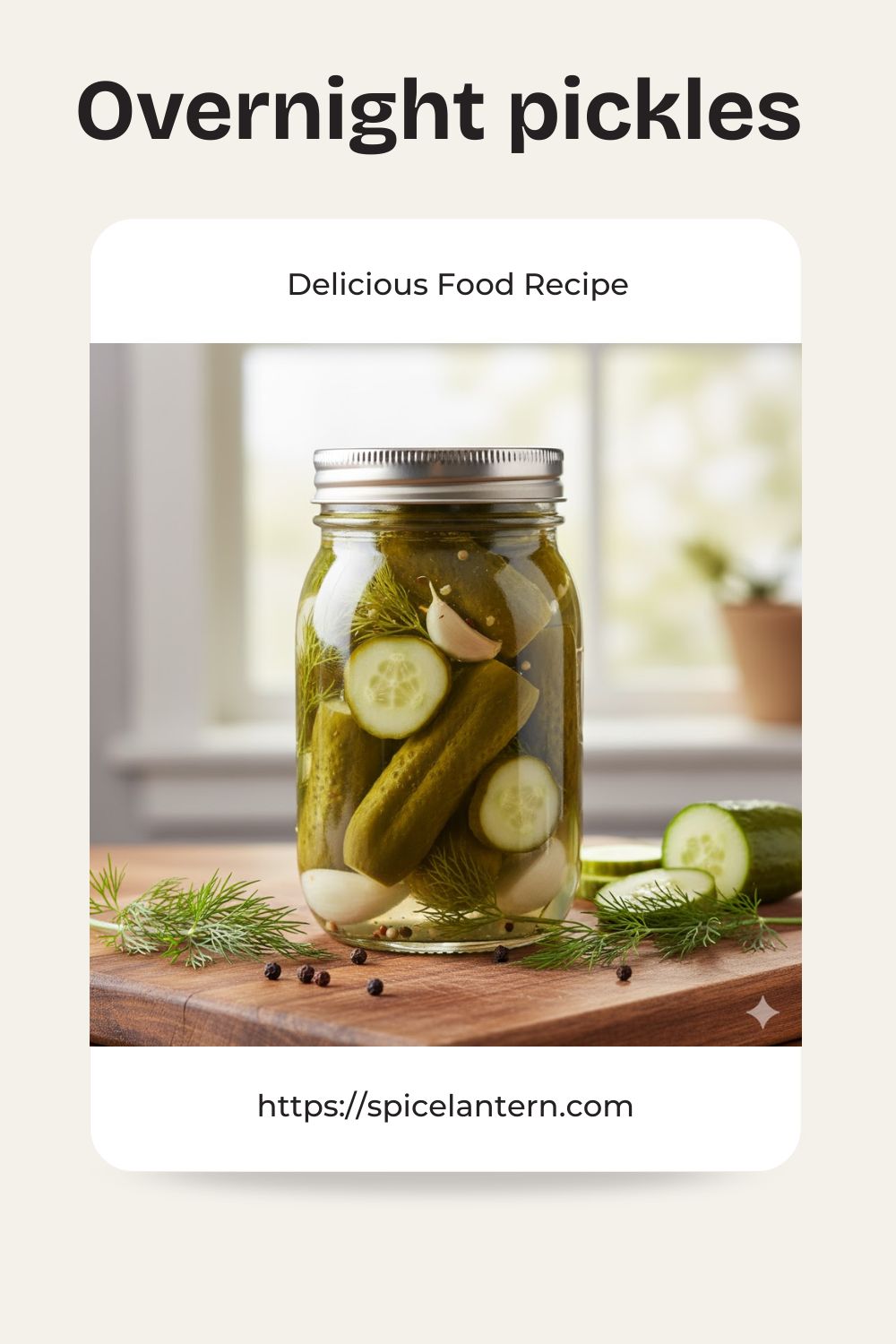Get Slimy, Get Healthy: Your Super-Fast Express Natto Recipe Guide
Okay, confession time. I used to be one of those people who saw natto—Japanese fermented soybeans, notorious for their stringy, sticky texture and unique aroma—and immediately hit the “Nope” button. It looked like alien snot and smelled like a gym sock convention. Sound familiar? But then I had a health epiphany (and a friend dared me), and I realized I needed the insane health benefits. The problem? I was too lazy for the traditional, multi-day process. Enter the Express Natto method, which is less about patience and more about pure, delicious, slimy efficiency. Trust me, you’ll want this viral health hack in your life.
Why This Recipe Is Awesome (It’s Not Just About the Slime!)
Why bother with this sticky masterpiece? Because your body deserves it, and your inner foodie deserves a fun challenge. This express recipe is amazing because it cuts the fermentation time without sacrificing the nutritional punch. We’re talking about a superfood here, packed with Vitamin K2 and crazy-good probiotics that make your gut sing.
Flavor-wise, forget the smell you read about. When you serve natto with the right fixings, it’s nutty, savory, and umami-rich. Plus, the sheer ease of assembly is mind-blowing. Honestly, mixing this up takes less time than scrolling through TikTok for five minutes. You’ll impress your most adventurous foodie friends—or, at the very least, confuse your less adventurous ones. Win-win, right?
Ingredients: The Core and the Conquerors
Keep your pantry stocked; these ingredients are the key to conquering the slime.
- 1 package (40-50g) Frozen or Refrigerated Natto: Yes, we are using the store-bought kind for the “express” part. Don’t fight it. This is our shortcut to fermentation magic!
- 1 small packet Dashi/Soy Sauce Mix (Usually included): The classic flavor base. Use it!
- 1 small packet Karashi (Japanese Mustard, Usually included): A tiny kick of heat that cuts through the funk. Essential for balancing the flavor.
- 1 tablespoon Finely Chopped Scallions (Green Onion): Adds a fresh, sharp crunch.
- ½ teaspoon Toasted Sesame Oil: Hello, nutty aroma! This helps tame the strong natto scent.
- A dash of Shichimi Togarashi (Japanese Seven Spice): Optional, but gives it a lovely, complex heat.
- Optional for serving: Warm Steamed Rice (short-grain, please) or sliced avocado.
Key Substitutions:
- Dashi/Soy Sauce Mix: Use ½ teaspoon soy sauce mixed with a tiny pinch of sugar if you run out.
- Karashi (Mustard): A small dab of powerful English mustard or Wasabi will work in a desperate pinch, but the flavor profile will change slightly.
- Scallions: Chives or a tiny bit of finely chopped onion can substitute, but scallions are better, IMO.
Tools & Kitchen Gadgets Used: Minimalist Madness
You don’t need a fancy lab for this. This recipe is wonderfully low-tech.
- Small Serving Bowl: Where the magic happens.
- Chopsticks or a Small Fork: CRUCIAL for whipping the natto. You need to create that legendary stringiness.
- Sharp Knife and Small Cutting Board: For chopping the scallions like a culinary ninja.
- Rice Cooker (Optional): If you’re serving it the traditional way over warm rice.
Step-by-Step Instructions: Whip It, Whip It Good!
This is where we go from “I bought something weird” to “I made something amazing” in under five minutes.
Step 1: Release the Beans
- Take your package of natto out of the fridge or freezer. If frozen, let it thaw completely first. Don’t rush this part unless you like rock-hard beans.
- Open the container and remove the plastic film that usually covers the beans. Gently scrape any sticky bits off the film back onto the beans. Don’t waste the slime!
Step 2: Flavor Bomb Drop
- Empty the included dashi/soy sauce packet and the karashi (mustard) directly onto the beans in the container or a small bowl.
- Add the sesame oil and a dash of shichimi togarashi now if you are using them. This helps distribute the flavor evenly during the whipping process.
Step 3: The Infamous Whip (This is Important!)
- Now, grab your chopsticks or small fork. This is the most crucial, and frankly, fun, step.
- Vigorously whip the natto in a circular motion. We’re not stirring; we’re whipping. You want to incorporate air and develop that super-slimy, stringy texture (the neba-neba).
- Whip for at least 30-60 seconds. The mixture will become lighter in color and incredibly sticky. You’ll see the strings getting long and plentiful. Don’t stop until your arm is tired or the natto looks like a science experiment gone right.
Step 4: The Fresh Finish
- Mix in the finely chopped scallions. Give it one or two final, gentle stirs just to distribute the green goodness.
- Serve immediately! Traditionally, you pile it high over a bowl of warm, fluffy white rice. TBH, this is the best way to enjoy it.
Calories & Nutritional Info: The Health Hype is Real (Estimated)
Prepare to feel smug about your superfood choice. Natto is a powerhouse, even with the express method.
- Calories per serving (1 standard pack, without rice): ~100-120 calories
- Protein: ~8-10g (A serious protein punch!)
- Fat: ~5-6g (Mostly healthy polyunsaturated fats)
- Carbohydrates: ~7-9g
- Vitamin K2: An excellent source, vital for bone and heart health.
- Nattokinase: The enzyme responsible for the famous slime, known for its blood-thinning benefits.
- Probiotics: Loads of them, making your gut happy!
Nutritional Notes:
- Natto is naturally low in sodium (before adding the sauce), making it a great heart-healthy choice.
- The soybean base makes it an easy vegan protein source.
- Because it’s fermented, your body digests it more easily than unfermented soy products. Your gut says thank you!
Common Mistakes to Avoid: Don’t Ruin the Slime!
You’re so close to perfection. Don’t let these simple errors derail your journey to Express Natto greatness.
- Rinsing the Beans: Seriously, do not rinse the beans! You wash away the beneficial Bacillus subtilis bacteria and, critically, the neba-neba (the slime). No slime, no point.
- Using Cold Natto: While you store it cold, let it come up to room temperature for about 15-20 minutes before whipping. Cold natto doesn’t whip as well, and the stickiness won’t develop properly. Warmth helps the slime production.
- Under-Whipping: Did you whip it until your arm cramped a little? No? Then keep going! Under-whipping means less stringiness and a weaker flavor distribution. You want it pale and ridiculously sticky.
- Forgetting the Mustard: The karashi (mustard) is vital. It cuts the bitterness and balances the umami of the soy sauce mix. Forgetting it makes the natto taste flat and, dare I say, a little more like feet.
- Slicing, Not Chopping: When adding things like scallions or garlic, you want small, fine pieces. Big chunks throw off the delicate, mushy texture of the beans. Mince your additions!
Variations & Customizations: Muffin-Sized Natto Adventure!
Natto is the perfect canvas for your culinary creativity. It literally plays well with almost everything.
- Keto-Friendly Avocado Bowl: Skip the rice entirely. Mix your natto with the flavor packets, then serve it in half of a ripe avocado and top with toasted everything bagel seasoning. High-fat, low-carb, maximum health benefits.
- Spicy Korean Kick: Substitute the included soy sauce packet for ½ teaspoon Gochujang (Korean chili paste) and ½ teaspoon soy sauce. Top with a sprinkle of roasted seaweed (nori) flakes. Chef’s kiss!
- Tuna Natto Bomb: Mix your express natto with a tablespoon of canned tuna (drained) and a teaspoon of Kewpie mayo. Serve this magnificent savory mush on toasted whole-grain bread or crackers. This combination is next-level delicious.
FAQ Section: All Your Sticky Questions Answered
We know you have thoughts. Natto provokes many thoughts.
Q1: What does natto actually taste like?
A: Natto has a unique, savory, and slightly nutty flavor with a deep umami richness, similar to a very strong cheese or fermented bean paste. When properly prepared, the sharpness of the mustard and scallions brightens it up significantly!
Q2: What is the sticky, stringy stuff in natto?
A: That’s the neba-neba, which is a sign of successful fermentation! It’s a glutinous polymer called polyglutamic acid, produced by the Bacillus subtilis bacteria. It contains the incredible enzyme nattokinase. Embrace the slime!
Q3: Is it okay to eat natto every day?
A: Yes! Many people in Japan eat it daily. Because it’s a fantastic source of protein, fiber, and Vitamin K2, and contains the blood-thinning enzyme nattokinase, daily consumption is generally considered very healthy.
Q4: Does cooking natto destroy the nattokinase enzyme?
A: Yes, unfortunately. Nattokinase is heat sensitive, so heating natto, like frying it or boiling it, will destroy most of the enzyme. To get the full health benefits, always eat natto raw or at least lukewarm (like over warm, not piping-hot, rice).
Q5: Can I make my own natto without buying a starter?
A: You can try, but it’s really tricky! The traditional method uses a starter culture (Bacillus subtilis natto). The easiest shortcut is using a tiny piece of store-bought natto as the starter for a new batch of cooked soybeans.
Q6: Why do people say natto smells bad?
A: The strong aroma comes from the ammonia-like compounds produced during the fermentation process by the Bacillus subtilis bacteria. The aroma is very polarizing, but the intense flavor payoff for natto lovers is worth it.
Q7: Should I eat natto for breakfast or dinner?
A: You can eat it any time! Traditionally, Japanese people eat it for breakfast over rice with a raw egg (trust me on this). However, due to the beneficial nature of nattokinase, some research suggests eating it at night might enhance its blood-thinning effects while you sleep.
Final Thoughts: Goodbye, Gym Sock. Hello, Superfood!
There you go. You’ve mastered the art of Express Natto—you’ve tamed the funk, embraced the string, and boosted your health in under five minutes. You are officially a certified culinary weirdo, and I mean that as the highest compliment. Now, go make a batch, snap a photo of those epic strings, and tag me! Because after this, you’ll never settle for a boring bowl of oatmeal again.







